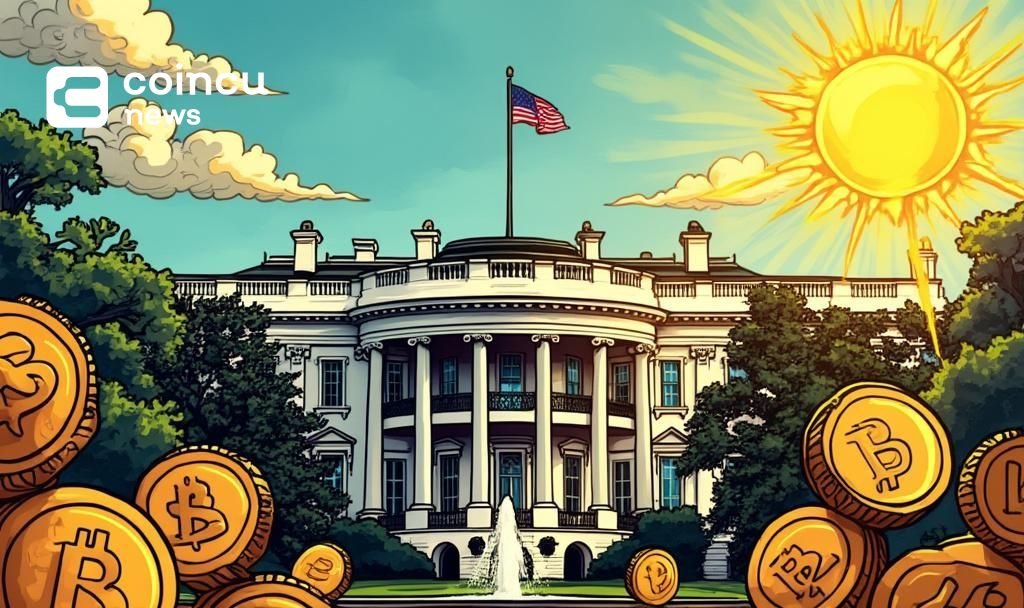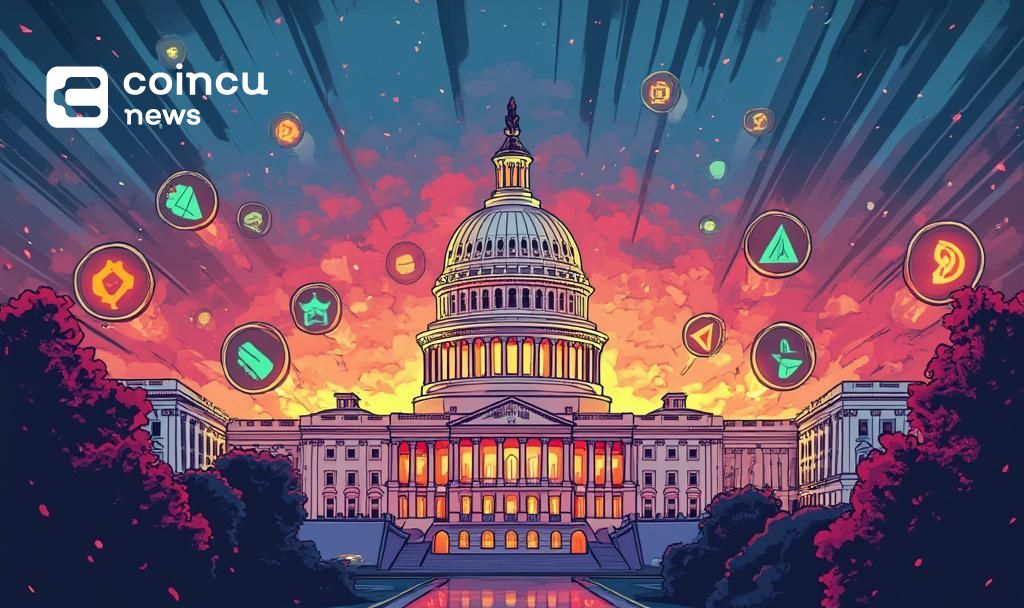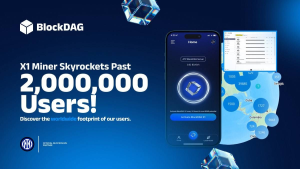$120628.167
At CoinCu News, we give both basic and in-depth articles on the latest news in the cryptocurrency and blockchain sectors.
Mayowa is a seasoned freelance writer specializing in creating compelling, high-converting content across diverse industries.
With extensive experience working with major news outlets, personal blogs, and private clients, he brings a deep understanding of audience engagement and storytelling. His expertise spans SEO optimization, persuasive copywriting, and niche versatility, ensuring content that resonates and delivers results.
Armed with a strong command of the English language and a keen eye for detail, he crafts content that is both impactful and strategically tailored to meet client goals.
News
U.S. House Passes Clarity Act to Enhance Crypto Regulation
U.S. House passes Clarity Act to shift digital asset regulation to CFTC. Key implications for
Jul
US House Votes on Critical GENIUS Act for Crypto Regulation
U.S. House moves forward with the GENIUS Act for crypto regulation, potentially shaping the industry's
Jul
U.S. Levies 93.5% Tariff on Chinese Battery Materials
Explore the U.S. Department of Commerce's decision to impose a 93.5% tariff on Chinese battery
Jul
House Passes GENIUS Act, Awaiting Trump’s Signature
GENIUS Act clears U.S. House, marking a pivotal step in stablecoin regulation, pending Trump's signature.
Jul
White House Endorses ‘Genius Bill’ for Cryptocurrency Growth
White House supports 'Genius Bill,' aiming to enhance cryptocurrency payments and regulations.
Jul
CLARITY Act Vote: Possible Bipartisan Support Grows
House vote on CLARITY Act, bipartisan backing possible, significant for crypto regulation.
Jul
BlackRock Moves to Add Staking to iShares Ethereum Trust ETF via Nasdaq Filing
BlackRock aims to include staking in its ETHA Ethereum ETF through an amended Nasdaq 19b-4
Jul
Binance Extends Its Offerings with Caldera (ERA) Listing
Binance expands its services by listing Caldera (ERA) for trading and futures with up to
Jul
Binance Launches Caldera (ERA) and High-Leverage Contracts
Binance lists Caldera (ERA) with new trading pairs and high-leverage contracts, impacting market activity.
Jul
[tptn_list how_old="7" limit="5" title_length="0" heading="0" show_date="0" ]
[tptn_list how_old="30" limit="5" title_length="0" heading="0" show_date="0" ]






















